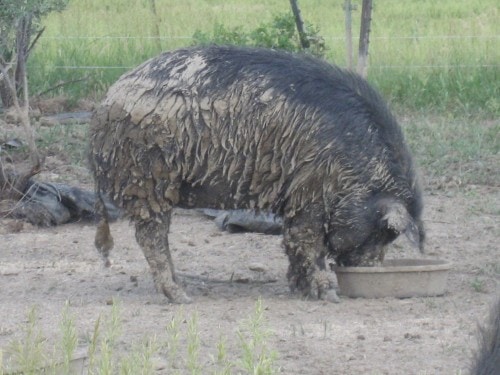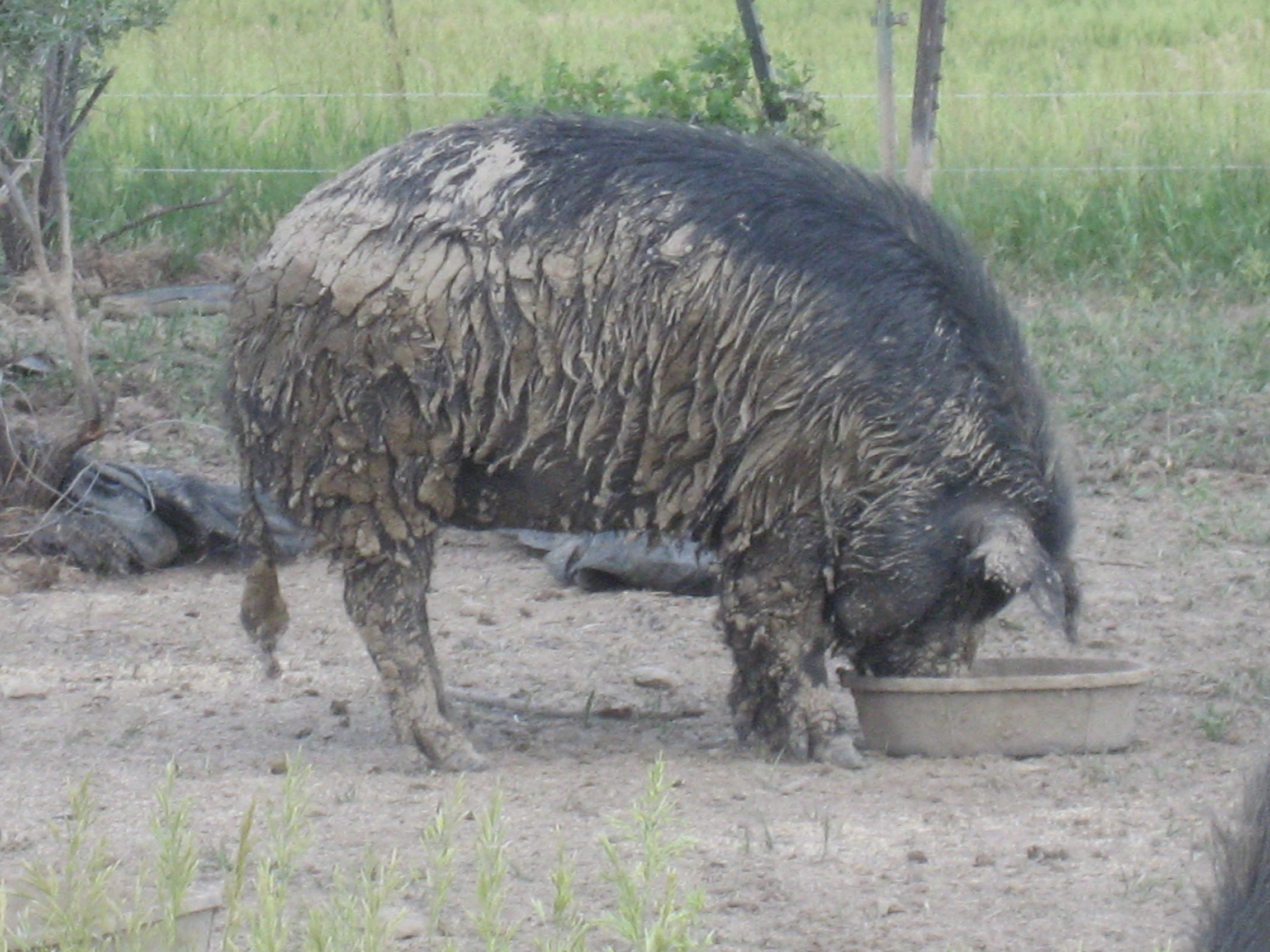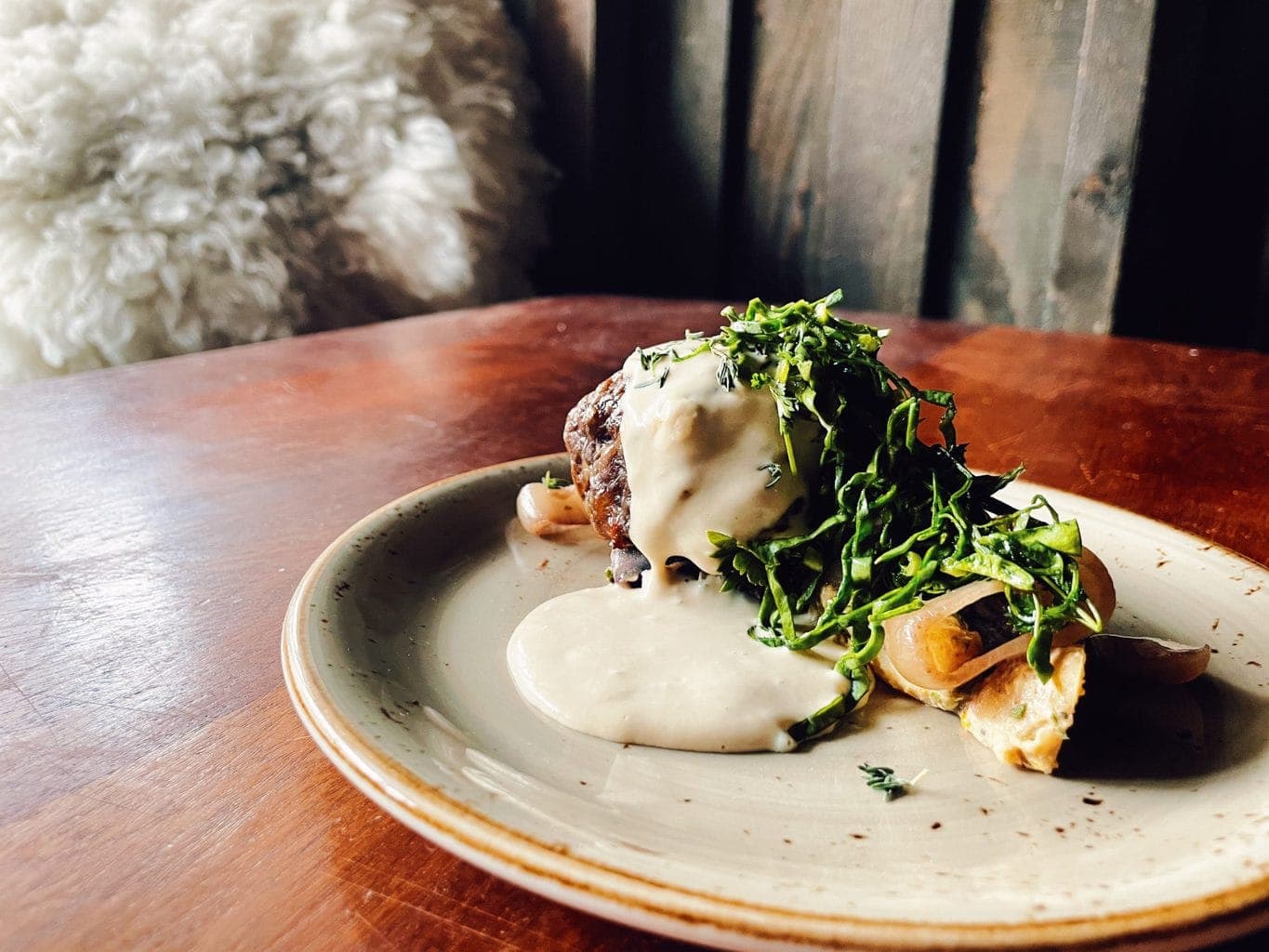

While winter is a fallow time for the produce farmer, for the meat artisan and chef, winter is the time to get busy so they can make use of cold weather to start cured products. Natural refrigeration makes it a perfect time to make charcuterie with the age-old methods that have been used to preserve meat.
Black Cat Bistro and Bramble and Hare both feature charcuterie made from Black Cat Farm pork, lamb, and beef. The farm processed 16 pigs in January with winter charcuterie-making in mind. Since then, the chefs have made fresh sausages, head cheese, pancetta, bacon, and guanciale. They have also started coppa and cured hams, which are made from whole muscles and take a longer time to cure.
Both coppa and prosciutto are usually thinly sliced before serving. While the coppa should be ready soon, the cured hams will not be ready for another eight to twelve months.
Coppa
Coppa , sometimes known as capocollo, is made from a muscle running from the neck to the shoulder and is seasoned and salted before curing. It is smoked, can be cured up to six months, and will be ready soon. Coppa originates from Italy.
Cured ham
The cured hams, sometimes informally referred to as Black Cat prosciutto, are made from the pigs’ hind legs . They are salted and hung to dry in a temperature-controlled environment. It generally takes 12-18 months to dry cure hams.
Cured hams, like charcuterie in general, can be found all over the world. Dry cured hams traditionally are made everywhere from China to Spain to Virginia and Kentucky.
The next time that you dig into charcuterie at Black Cat Farm-Table-Bistro or Bramble and Hare, know that January is the most delicious month as far as the meat on your plate goes.
